Due to performance issues I need to remove a few distinct counts on my DAX. However, I have a particular scenario and I can't figure out how to do it.
As example, let's say one or more restaurants can be hired at one or more feasts and prepare one or more menus (see data below).
I want a PowerPivot table that shows in how many feasts each restaurant was present (see table below). I achieved this by using distinctcount.
Why not precalculating this on Power Query? The real data I have is a bit more complex (more ID columns) and in order to be able to pivot the data I would have to calculate thousands of possible combinations.
I tried adding to my model a Feast dimensional table (on the example this would only be 1 column of 2 rows). I was hoping to use that relationship to be able to make a straight count, but I haven't been able to come up with the right DAX to do so.

